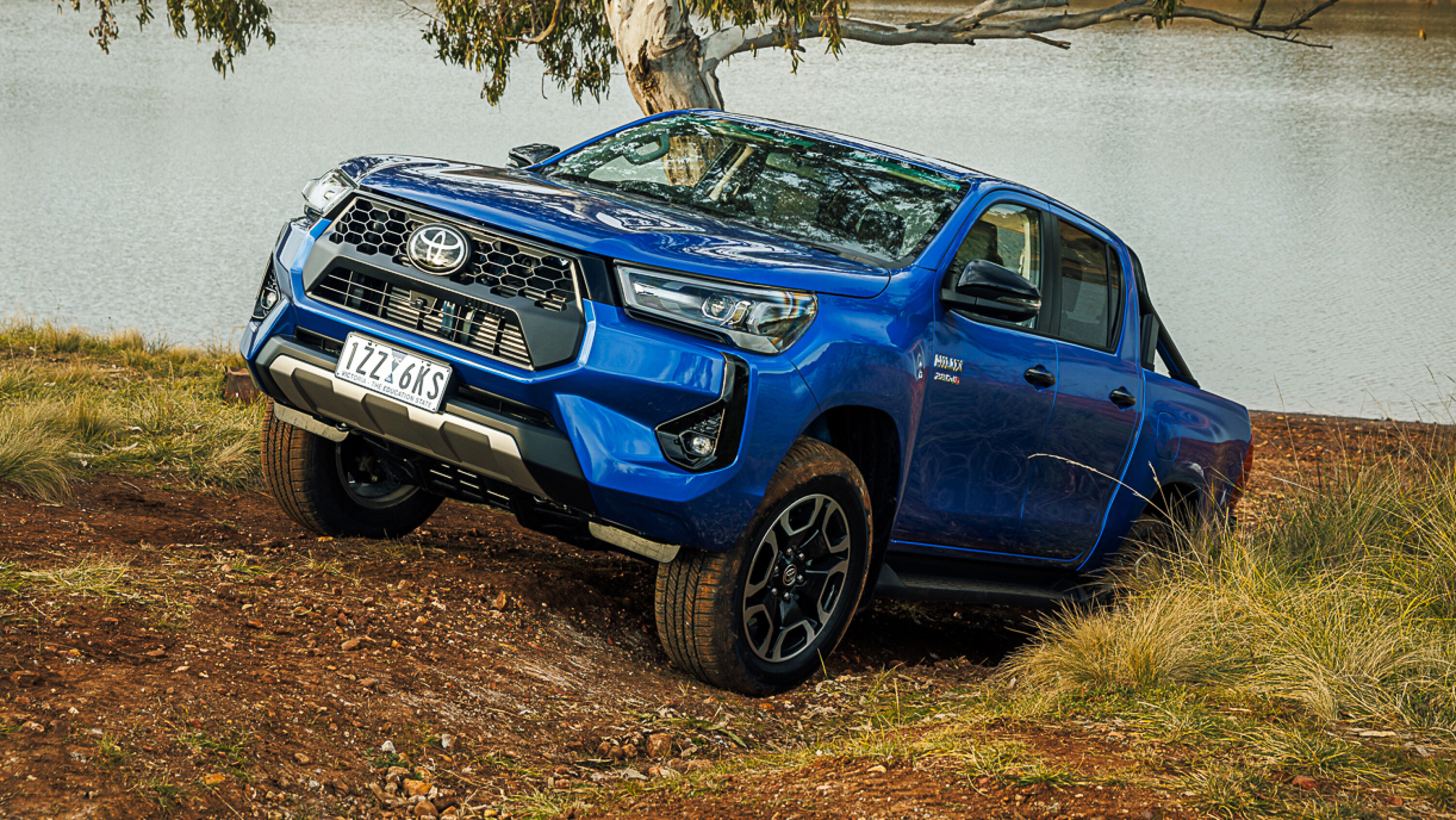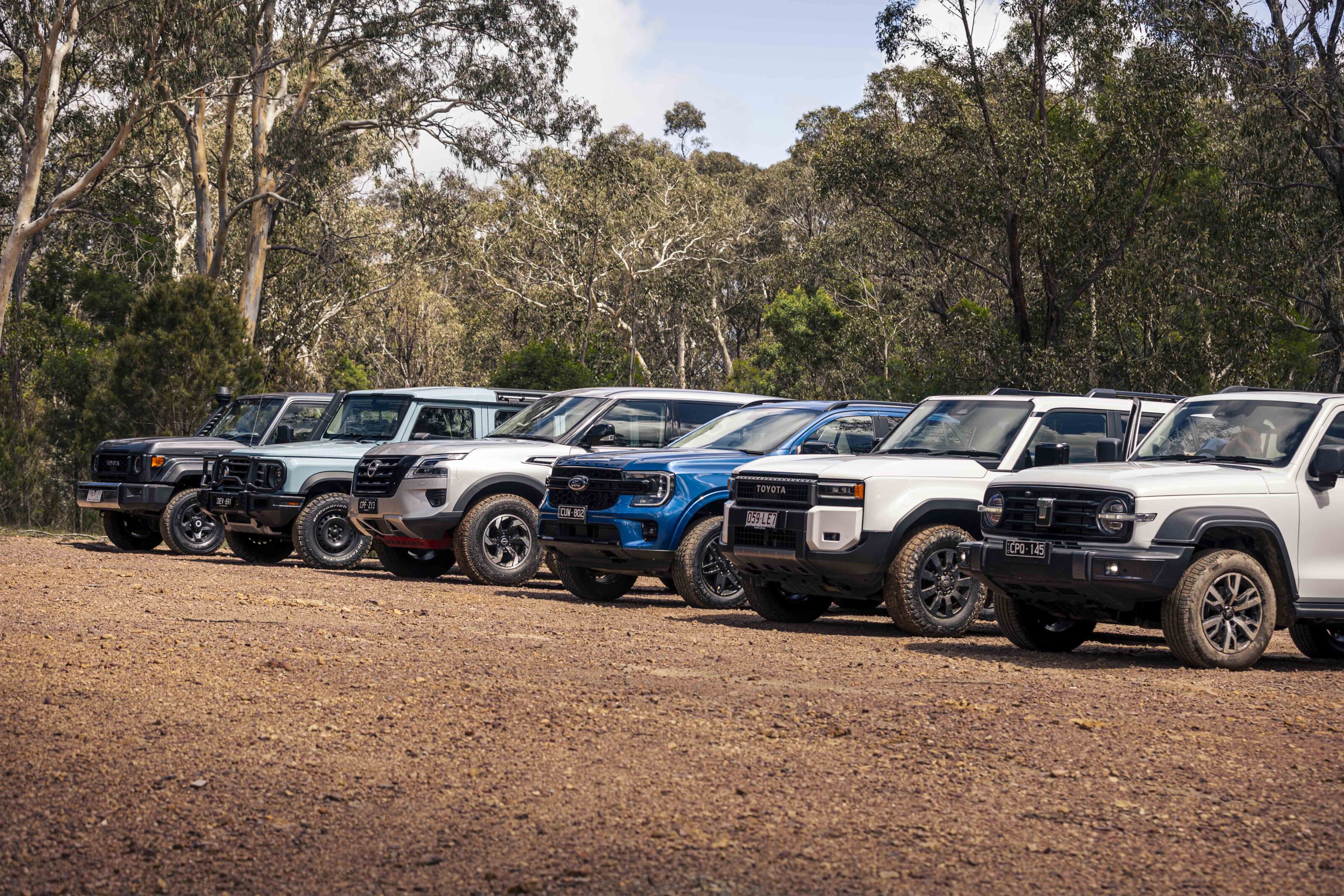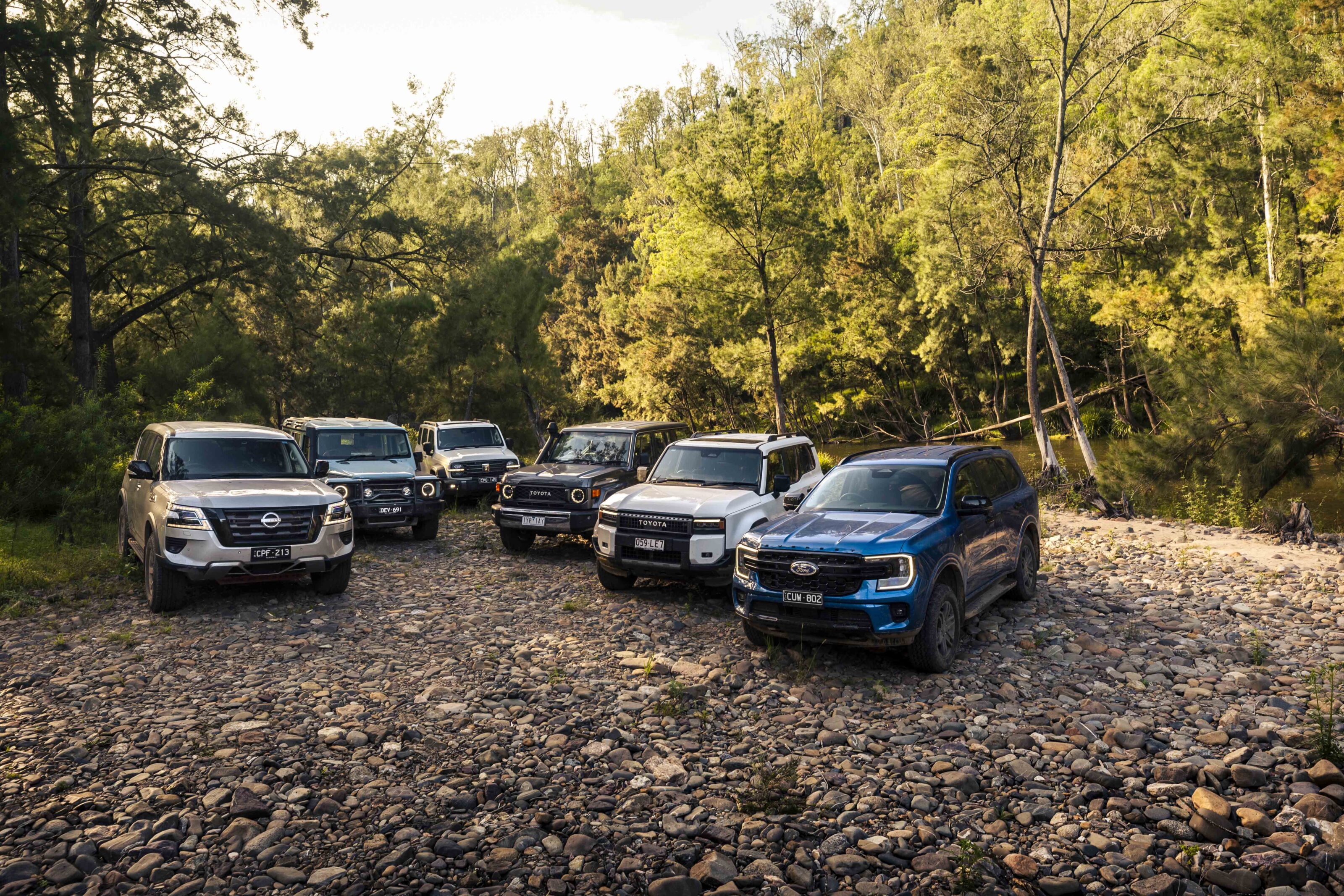Toyota Australia is rapidly moving towards applying some form of electrification to all of its popular models.
It recently announced that it is dropping petrol-only variants of popular cars – like Corolla and Camry, as well as popular SUVs like RAV4 and Kluger – and replacing them with hybrid motivated versions.
This is not surprising when you consider that Toyota has been at the forefront of hybrid technology with vehicles such as Prius and other models for more than 20 years now, and these have paved the way for current and future model hybrids with more evolved petrol/electric systems.
Things are a little different on the diesel-fuelled 4×4 front, which represent a major part of Toyota’s Australian sales volume.
Most of those 4×4 vehicles are powered by the 1GD-FTV 2.8-litre four-cylinder diesel engine, and earlier this year Toyota introduced a 48-volt starting and charging system on some of the HiLux variants that use this engine. But Toyota doesn’t call this ‘mild-hybrid’ a hybrid at all, instead opting for the term ‘V-Active’ technology’.
JUMP AHEAD
- What is V-Active tech?
- What does V-Active tech do?
- What else do you get?
- Powertrain
- Verdict
- Specifications

What is V-Active technology?
V-Active is essentially a 48V system that can boost performance and improve efficiency with a small amount of electric power applied to the drivetrain.
Expect V-Active to filter through to other Toyota vehicles that use the 1GD-FTV diesel engine; Toyota has already confirmed the new J250 Series Prado will be powered exclusively by this engine when it arrives to market later this year.
We grabbed some wheel time in a HiLux SR5 double-cab 4×4 that features the V-Active system. The popular SR5 starts at $63,260 (+ORC) and this particular vehicle also included the Premium interior pack and premium paint which add $2500 and $675 respectively.
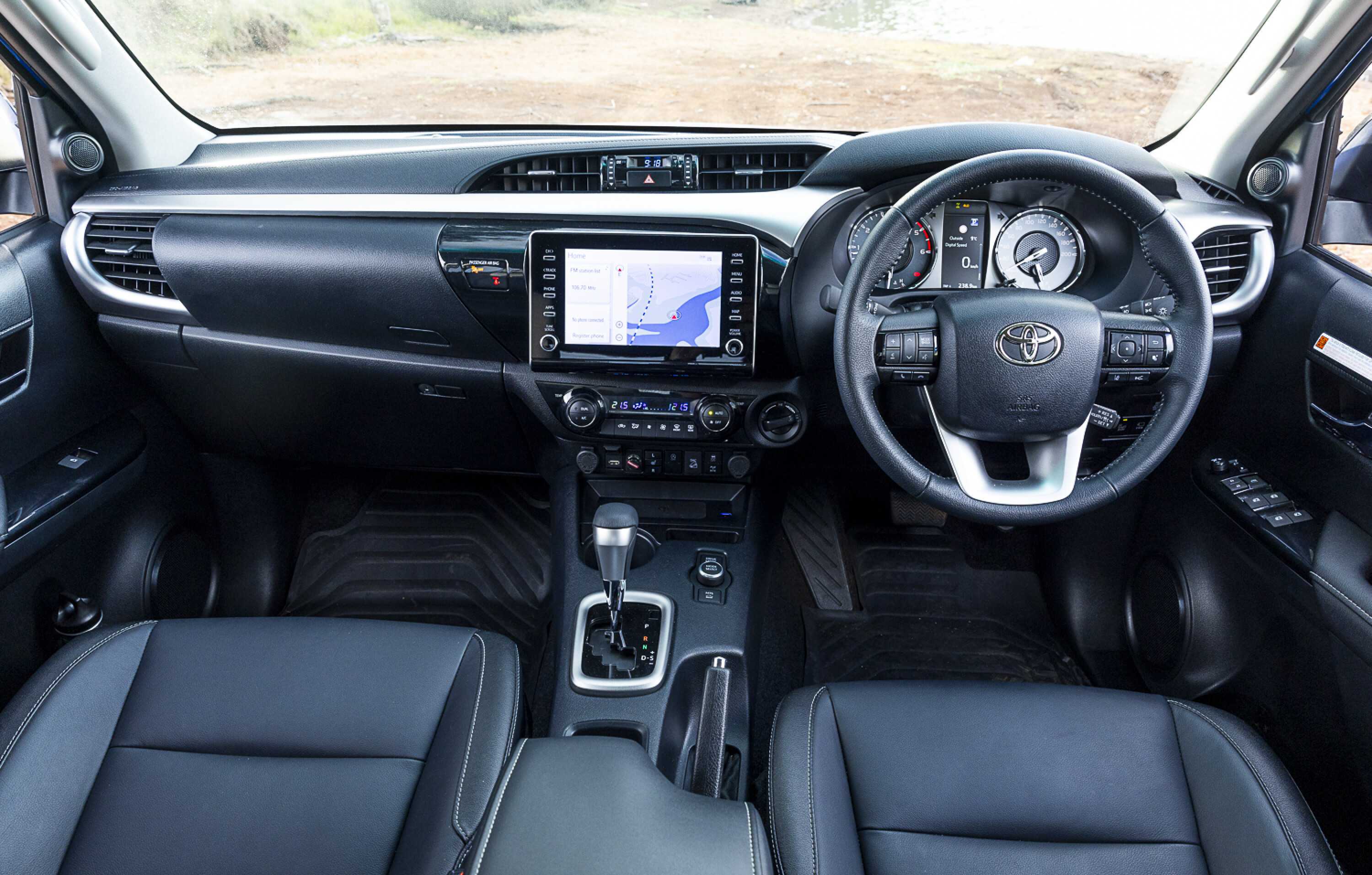
This is a price increase of more than $2500 since the V-Active tech was introduced to the HiLux back in March.
V-Active uses a belt from the engine to drive a compact motor generator that charges the 48v lithium battery which is situated under the rear seats. The battery comprises 13 cells with a capacity of 4.3Ah and it weighs just 7.6kg. Power from this battery runs through a DC-DC converter to power the vehicle’s regular 12V electrics.
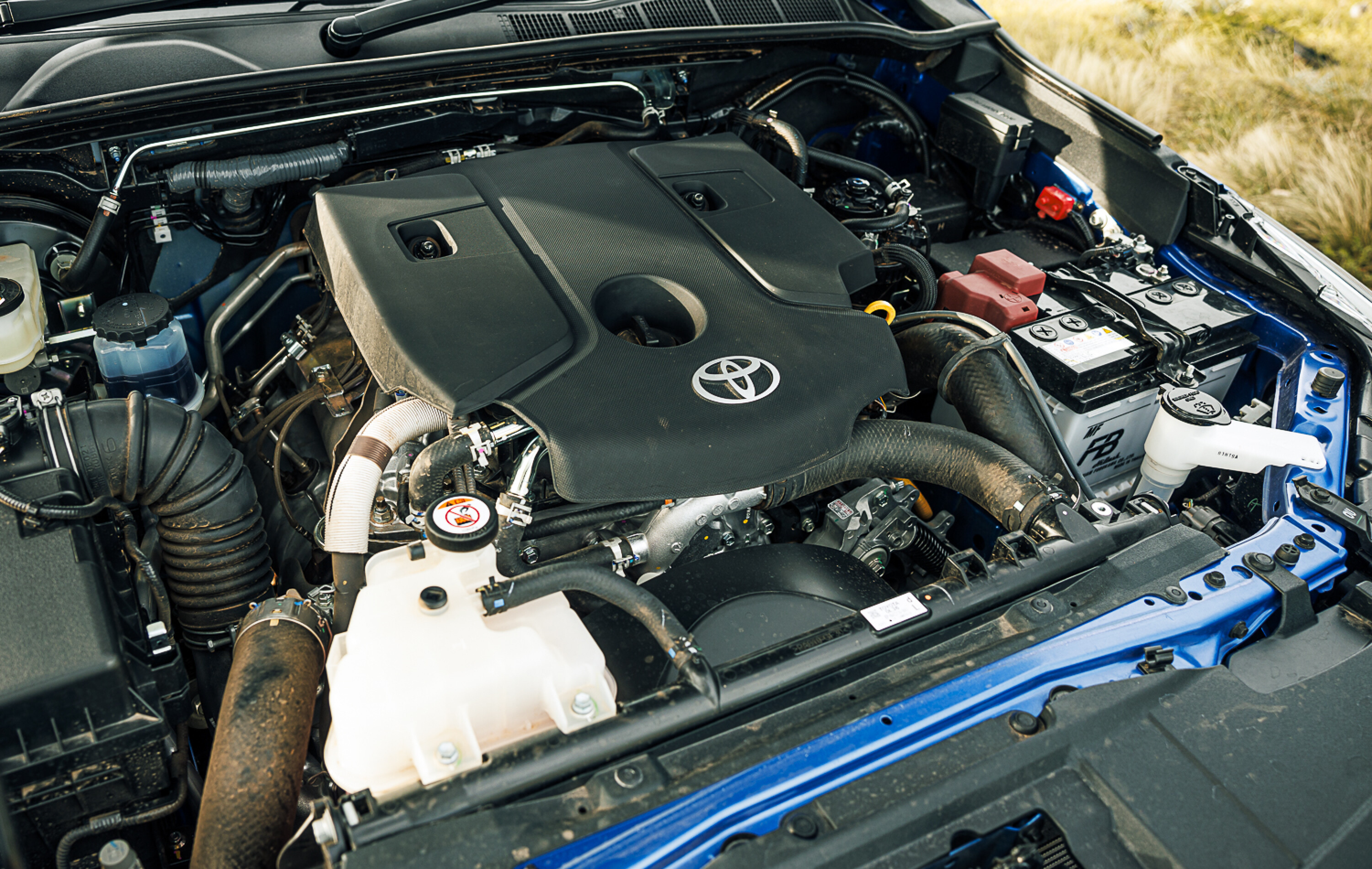
What does V-Active do?
The benefits to performance and efficiency come when the system sends drive back to the ICE engine (up to 8.4kW and 65Nm) via the same drive belt. Toyota claims it results in smoother acceleration and up to a 9.5 percent improvement in fuel economy.
Without the opportunity to drive a V-Active-equipped HiLux back to back with a standard diesel variant, it’s difficult to feel any difference in performance; the 150kW/500Nm diesel engine feels as peppy as ever. Interestingly, Toyota doesn’t quote different power and torque figures for the engine with V-Active.
Of greater benefit is the way V-Active smooths out idle stop/start systems, and Toyota has now included such a system in the 2024 HiLux. Thankfully you can switch it off via a dash button, but you will need to remember to do that after each restart.
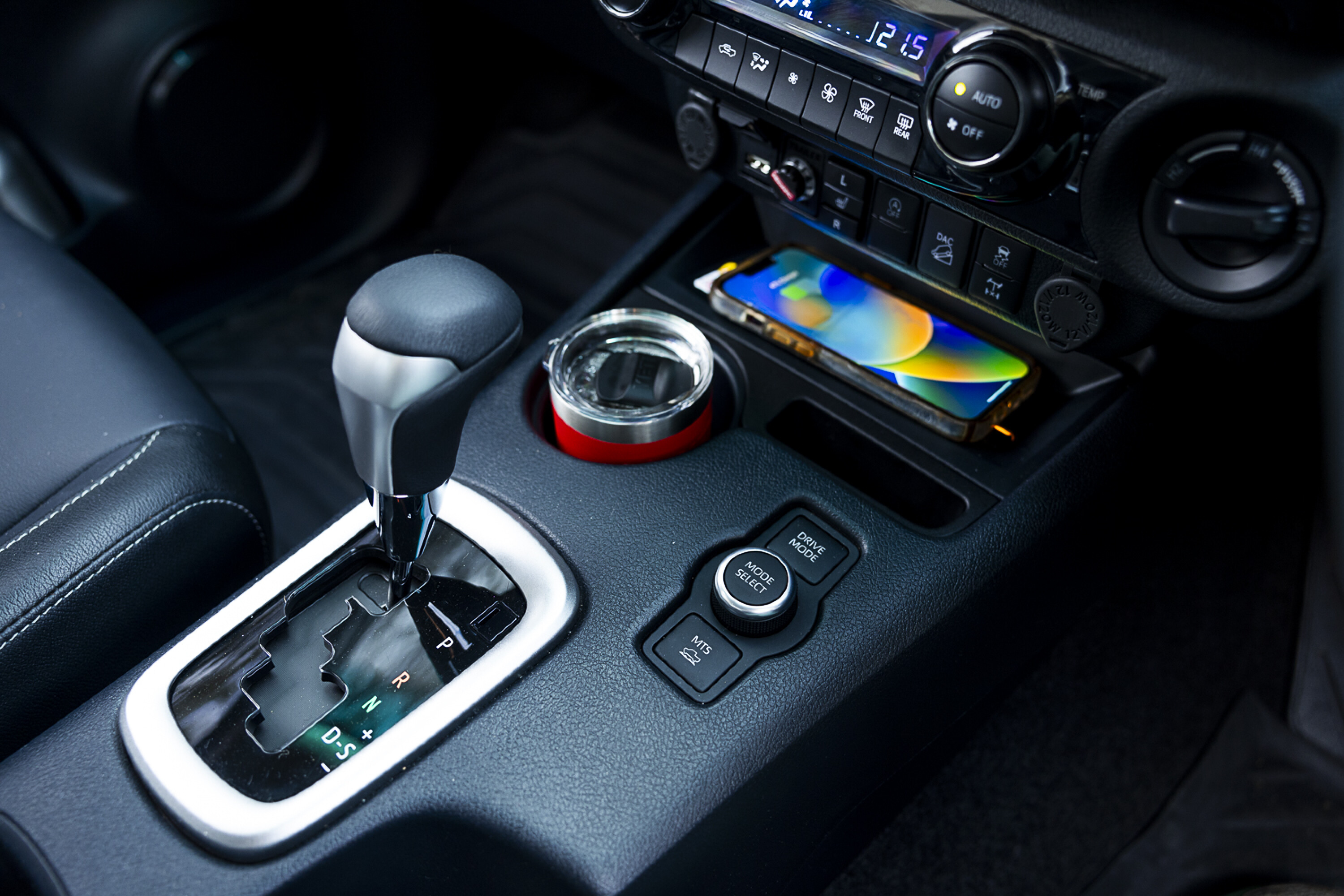
What else do you get?
Aside from the addition of V-Active, the eighth-generation HiLux continues on as before as a rugged 4×4 that is suitable for both work and recreational uses.
In many ways, it feels its age when compared to newer models but it still feels like the most solid and well built of the midsize 4×4 utes when driven across rough terrain. While that feeling is difficult to quantify, it comes from spending plenty of time in HiLux’s major competitors over the last 20 years.
The HiLux might not have a V6 diesel engine or the latest tech features but it always feels like it will get the job done day after day in the toughest conditions.
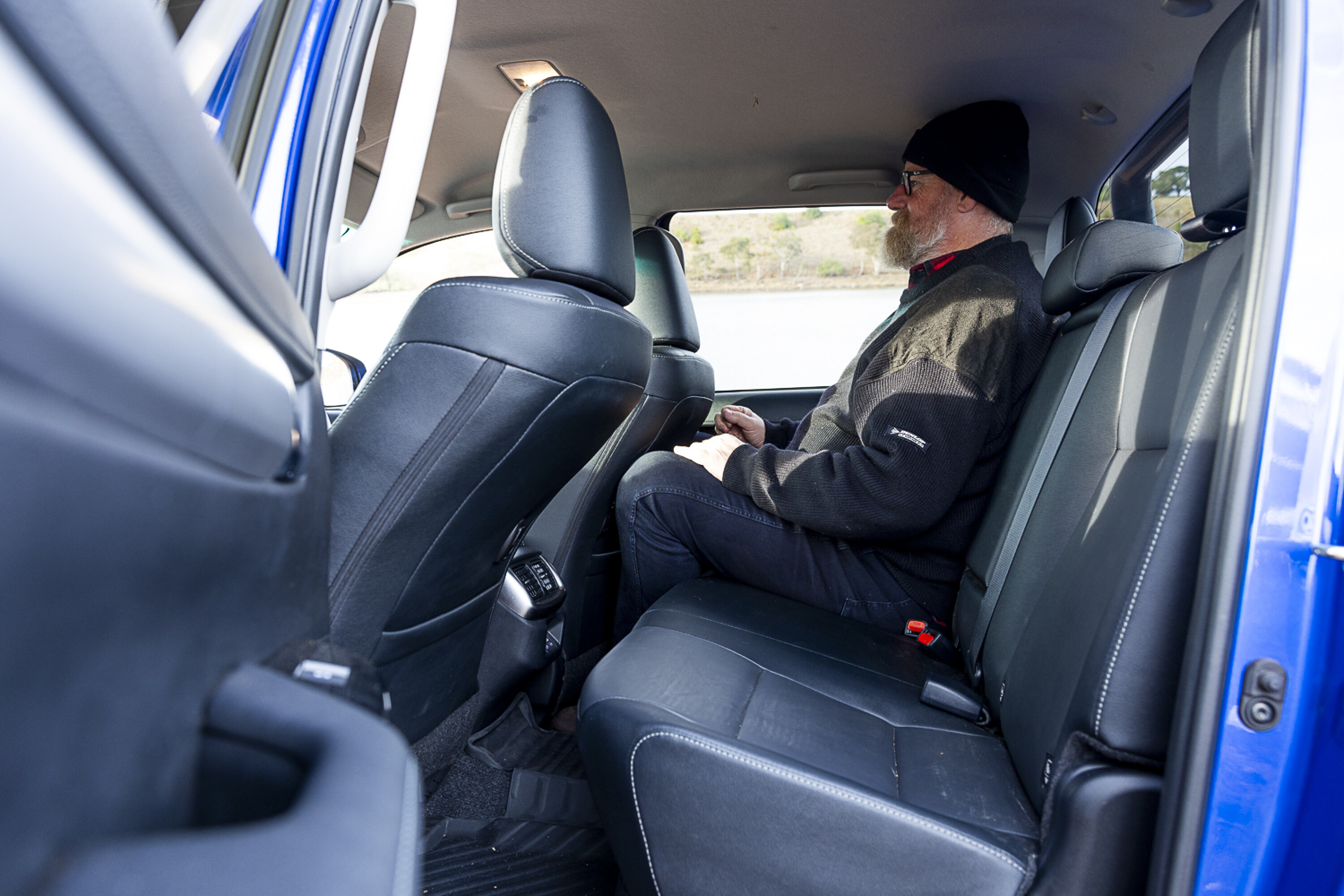
The HiLux interior feels smaller than that of the Ford Ranger/VW Amarok, or even the new Mitsubishi Triton or GWM Cannon, but it isn’t cramped for front seat occupants.
The SR5 gets a well appointed dash with a tablet-style multimedia screen placed high on the dash that includes Apple CarPlay and Android Auto, as well as inbuilt mapping. A wireless phone charger is also there for compatible devices and there’s a pair of USB-C outlets at the back of the console for rear-seat passengers, along with a standard USB outlet in the dash.
Also new in the console is a drive-mode switch allowing the driver to select settings for Sand and Mud (low and high range), Deep snow and dirt (high range), and Rock (low-range), and there’s an Auto setting for most uses.
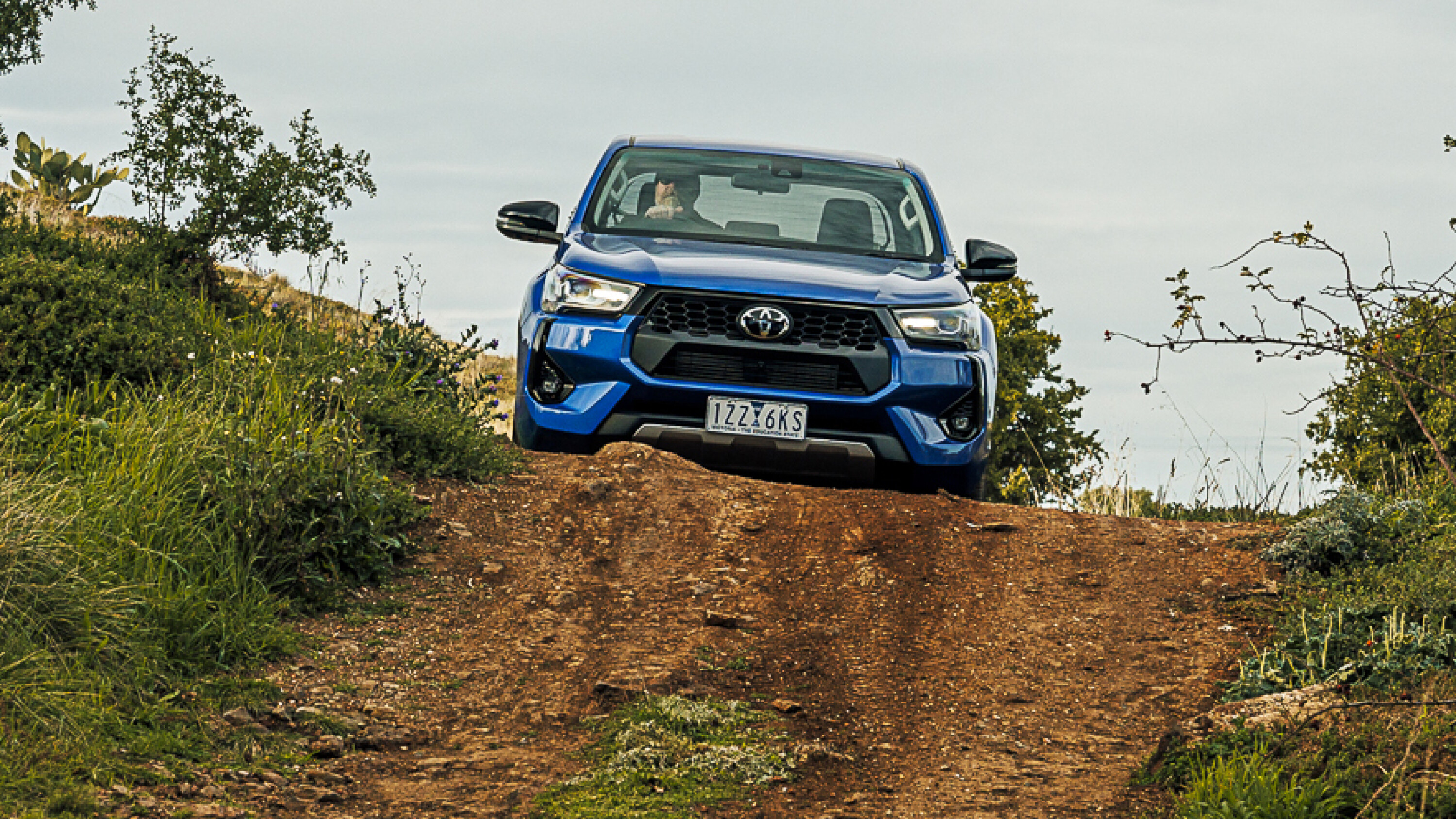
The front seats are heated but there’s only a single temperature setting and it doesn’t switch off when it gets to a set temperature or when you restart the vehicle.
The rear seat is where you feel the pinch with a narrower cabin and less legroom than in some of the newer, bigger utes.
The HiLux comes with Toyota’s Safety Sense, which includes a pre-collision warning with autonomous emergency braking ,lane-departure warning with steering input, ABS, ESC and trailer sway control.
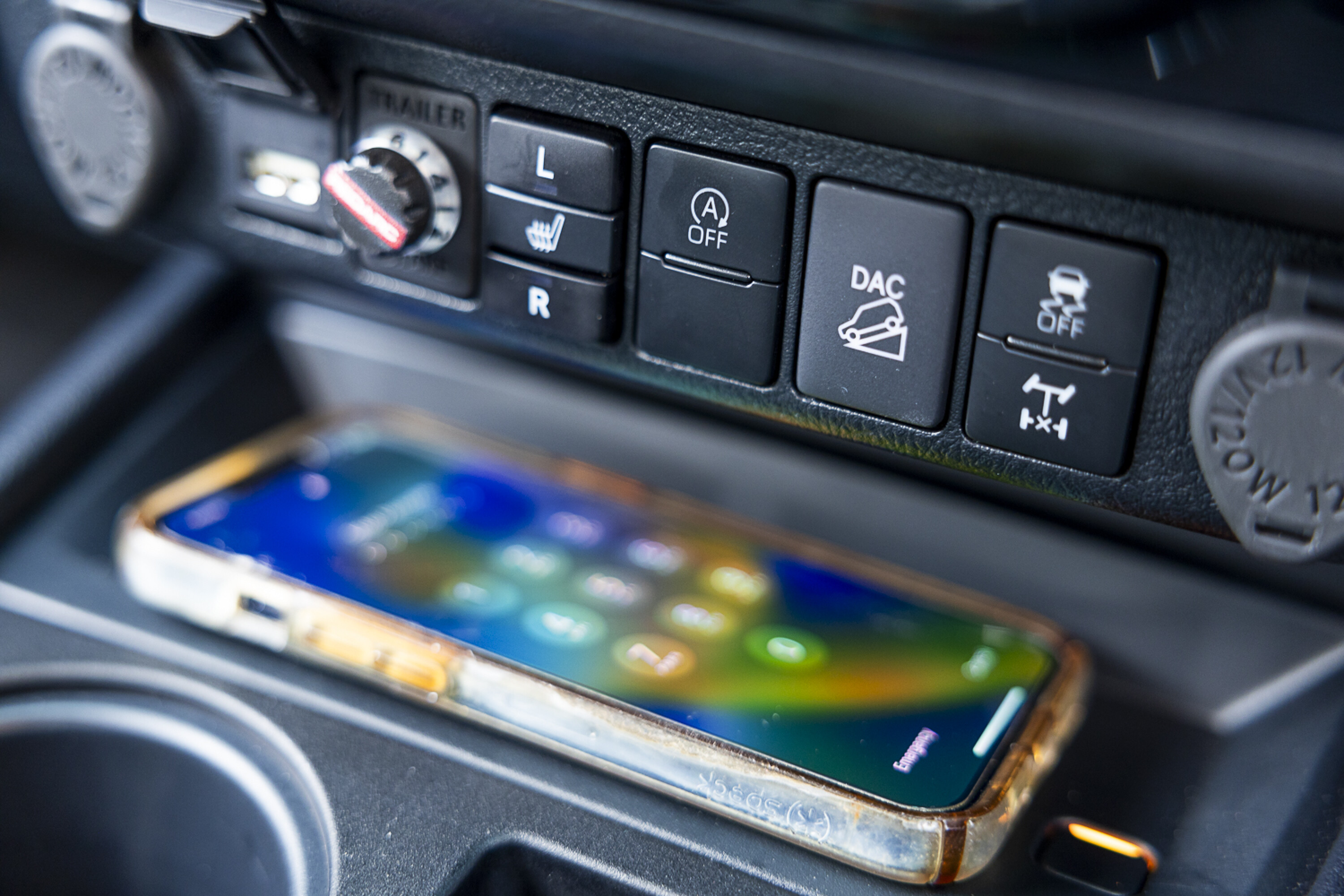
Powertrain
Toyota’s 2.8L diesel engine is a solid performer with or without the 48v system but it does get harsh and noisy when you load it up.
It’s more of an old school light-commercial vehicle (LCV) engine compared to some of the newer ones in the segment, especially the V6.
The six-speed automatic transmission and part-time dual-range four-wheel drive transfer case is pretty basic stuff but it just gets on with the job, giving nothing to complain about. While the HiLux has a rear differential lock for the toughest terrain, its class-leading electronic traction control (ETC) will get you through most conditions without having to worry about engaging it.
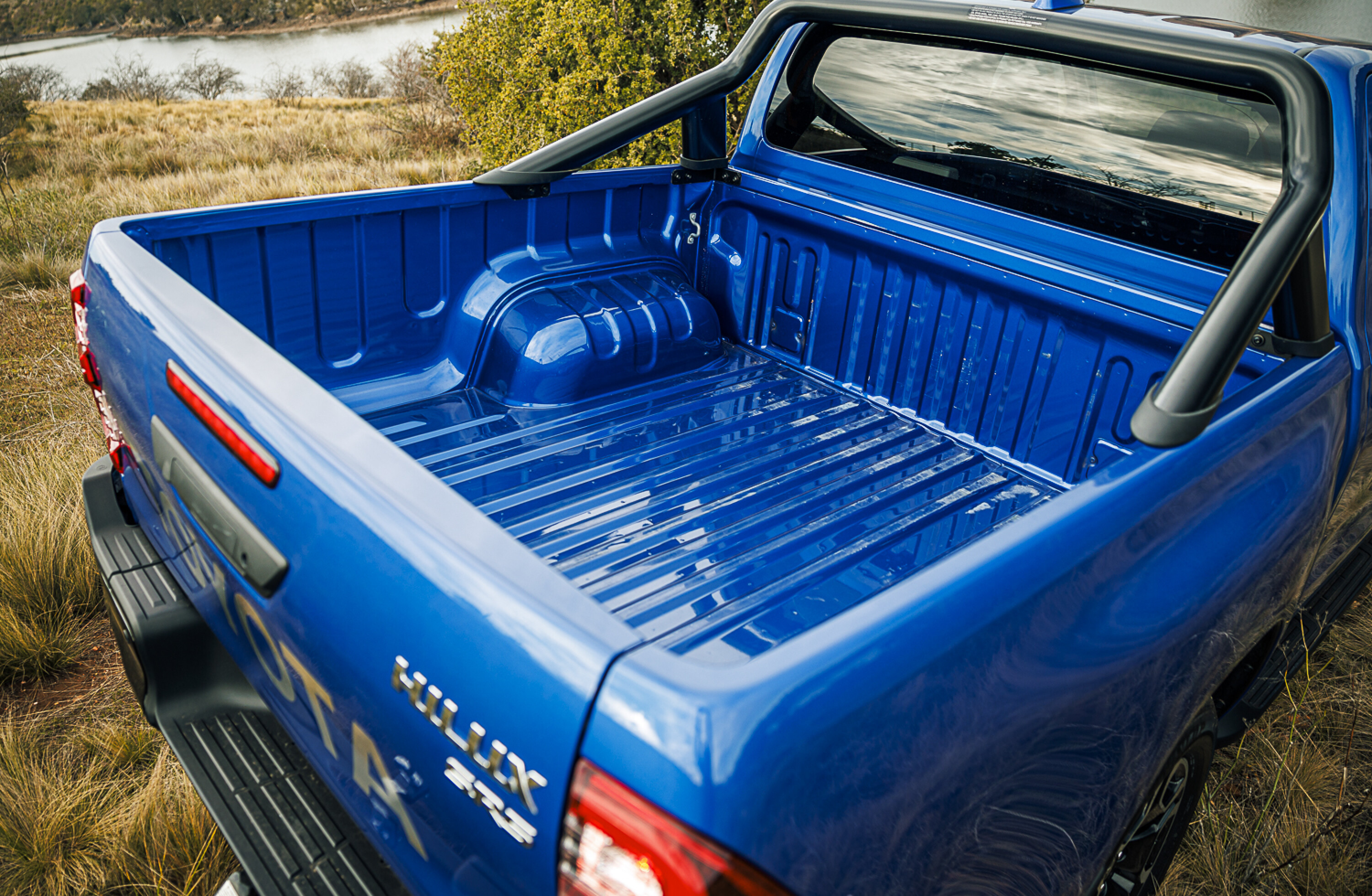
Like the engine, the suspension has an LCV feel in that it is stiffly sprung and ready to carry a load; it’s certainly not as plush as that of the Ford Ranger.
It was timely that we had the HiLux on test as it coincided with us moving the 4X4 Australia office, and we put it to work. Speaking of work, the HiLux SR5 has a 3500kg towing rating, 900kg payload and a 6550kg GCM.
The cargo tub is bare bones with just four tie down points and no lighting or power outlets, not even a protective tub liner, which is disappointing at this price and spec. The SR5 does get a spring assisted tailgate for those that might need it.
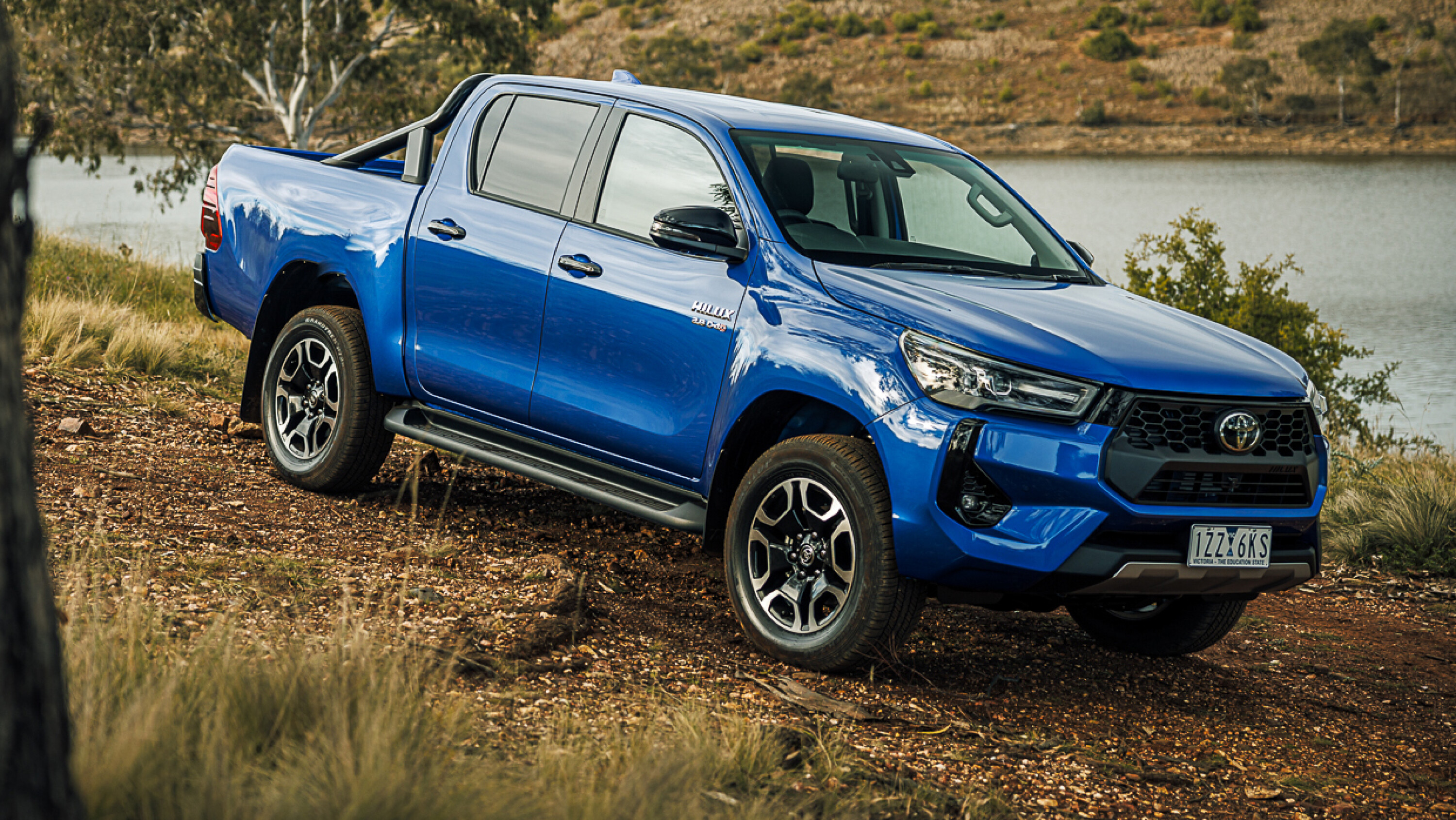
Verdict
Even with its 48-volt tech the HiLux remains an honest workhorse and the SR5 Premium spec adds a bit of comfort and some of the niceties that many buyers want in a ute these days.
While it might not match for the newer utes in terms of features and cabin space, a few days behind the wheel of the HiLux reminded us why it was Australia’s best-selling ute for so long.
| 2024 Toyota HiLux SR5 specifications | |
|---|---|
| Price | $63,260 (+ORC) |
| Engine | Inline 4-cyl diesel, single turbocharger |
| Capacity | 2755cc |
| Max power | 150kW @3000-3400rpm |
| Max torque | 500Nm @ 1600-2800rpm |
| Transmission | 6-speed auto |
| 4×4 system | Part time, dual range 4×4 |
| Crawl ratio | 36.11:1 |
| Construction | 4-door ute body on separate chassis |
| Front suspension | IFS with wishbones and coils |
| Rear suspension | Live axle on leaf springs |
| Tyres | 265/60R18 on alloy wheels |
| Kerb weight | 2150kg |
| GVM | 3050kg |
| GCM | 6550kg |
| Towing capacity | 3500kg |
| Payload | 900kg |
| Seats | 5 |
| Fuel tank | 80L |
| ADR fuel consumption | 7.2L/100km combined |
| On test fuel consumption | 9.4L/100km |
| Approach angle | 30u00b0 |
| Ramp over angle | N/a |
| Departure angle | 27u00b0 |
| Ground clearance | 265mm |
| Wading depth | 700mm |
We recommend
-
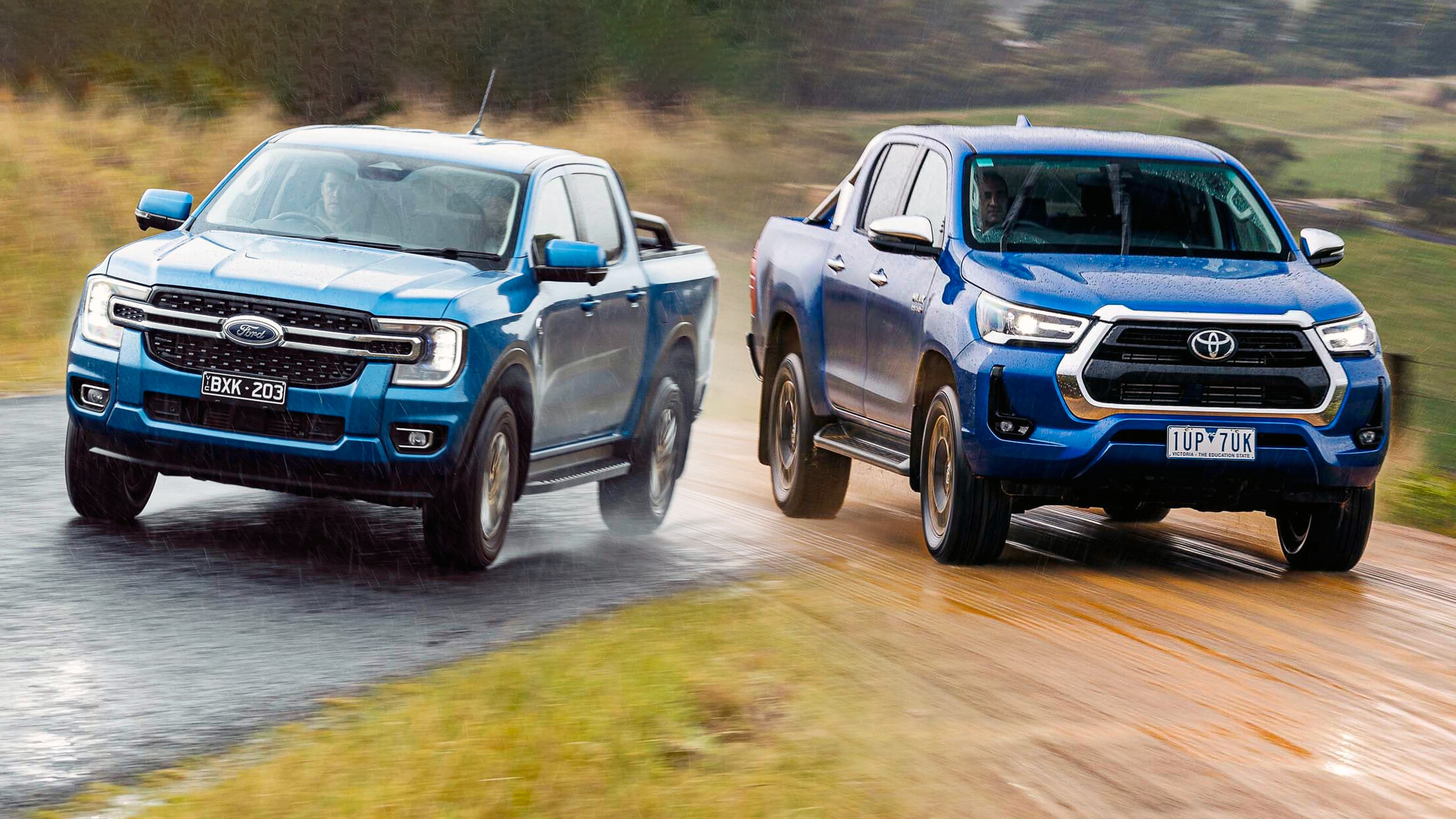 4x4 Comparisons
4x4 Comparisons2023 Ford Ranger XLT 4-cyl v Toyota HiLux SR5: Spec to spec
Ford’s new-gen Ranger has proven a hit since launching in 2022, outselling its HiLux arch-rival in January 2023. So how do these mid-range variants compare on paper?
-
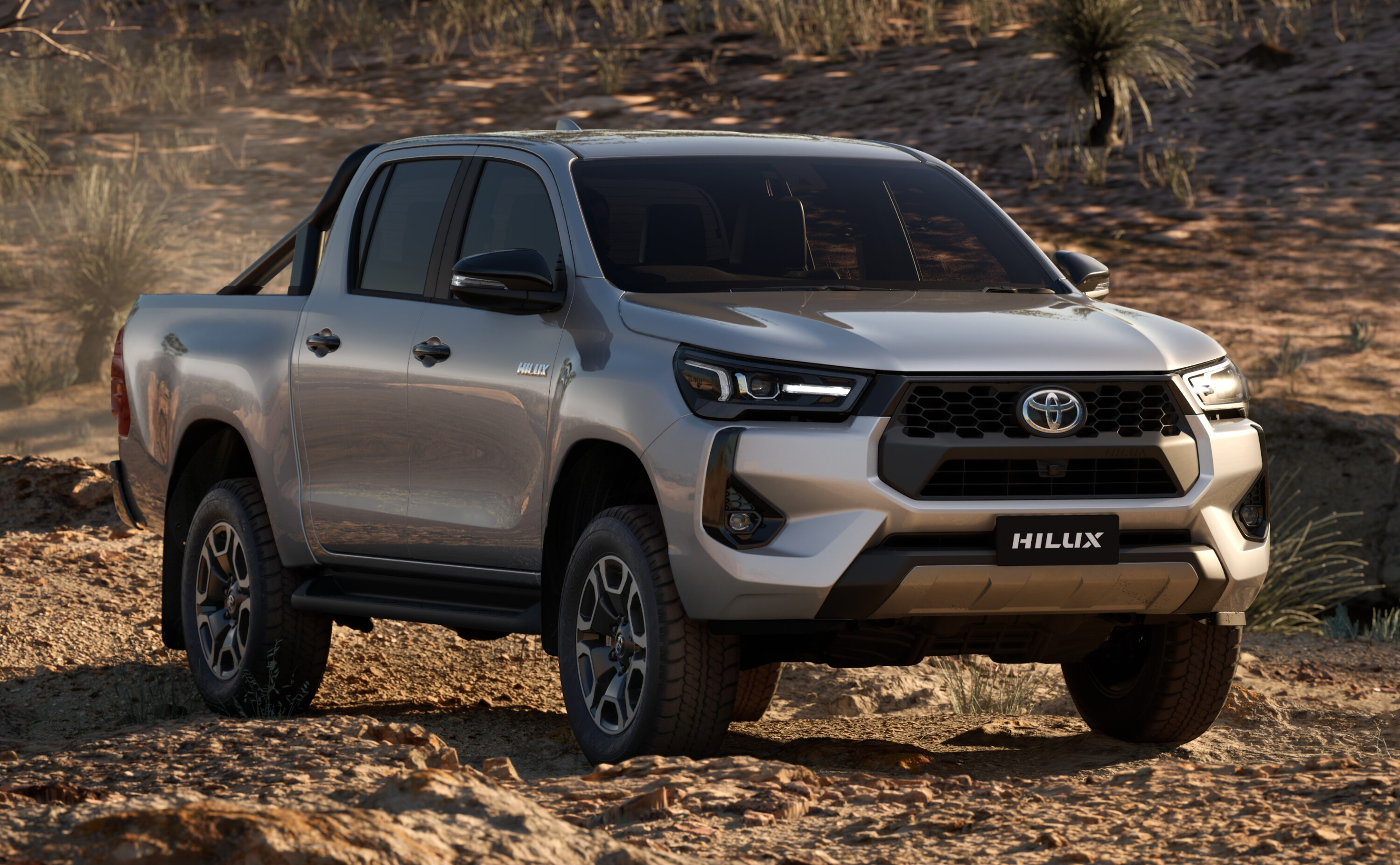 News
News2024 Toyota HiLux pricing revealed, 48-volt system dubbed V-Active Technology
Pricing for the updated HiLux ute has been confirmed ahead of its arrival next month, as well as the name for its new drivetrain-enhancing tech


